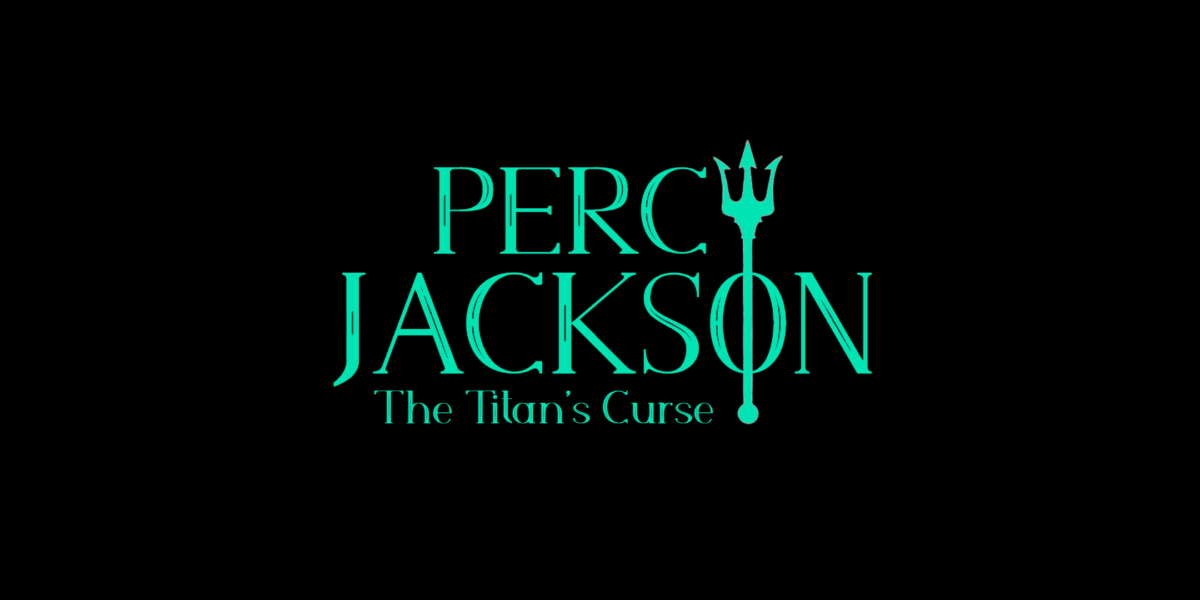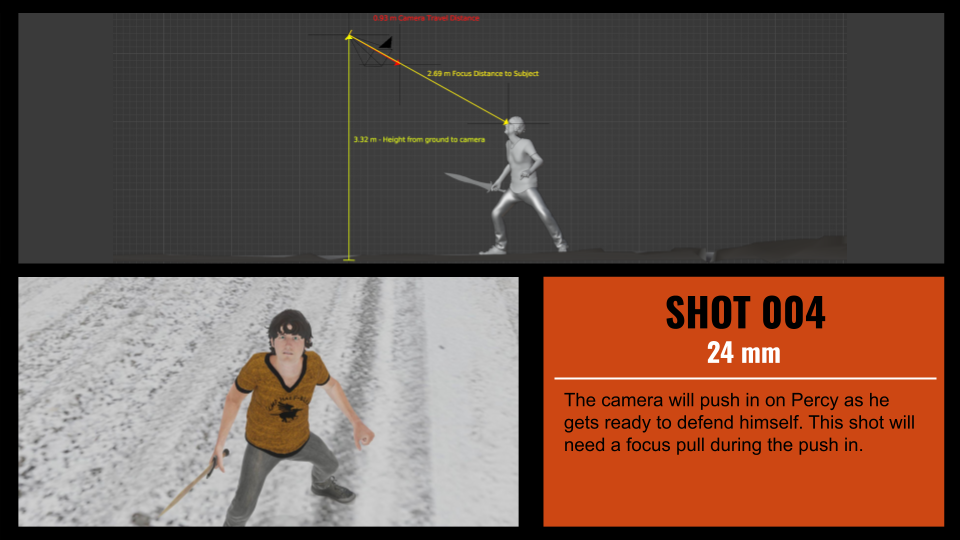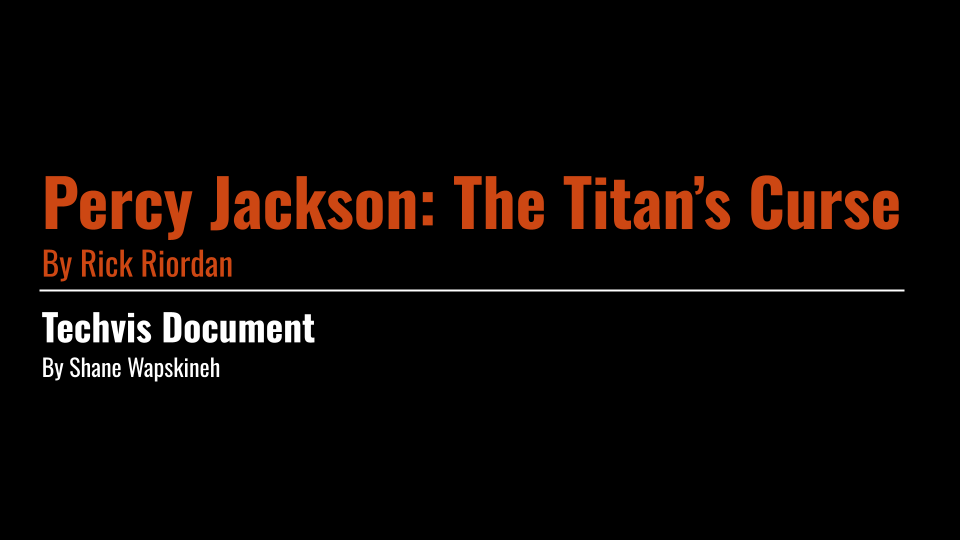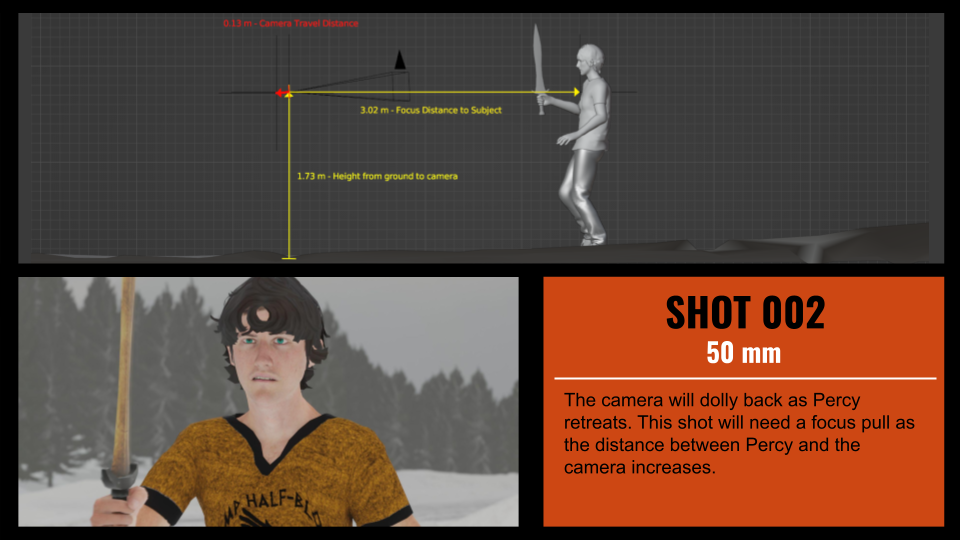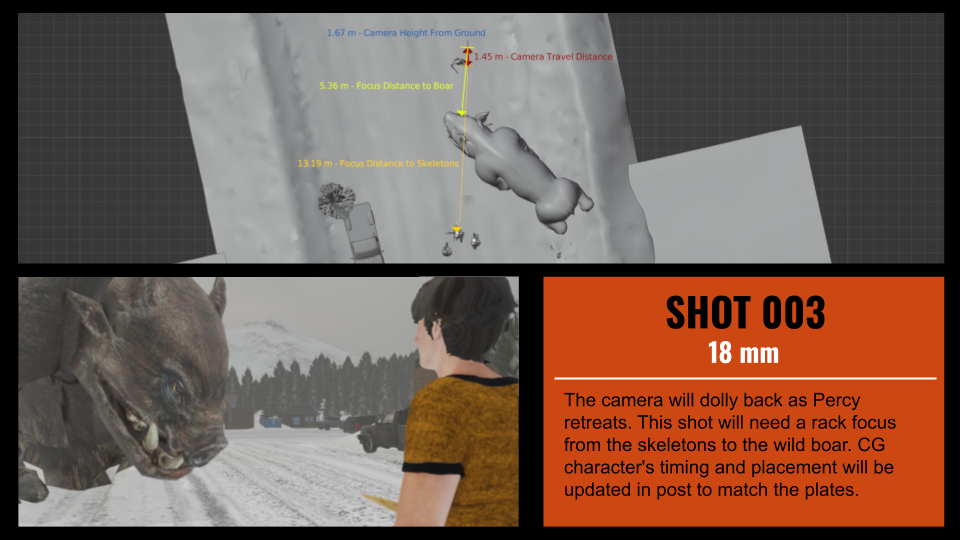Previsualization is a powerful tool that brings scripts to life before cameras even start rolling. In this post, I’ll demonstrate my Previs process by visualizing an un-filmed scene from Percy Jackson: The Titan’s Curse—showcasing how early planning can refine storytelling and technical execution.
Why Previs Matters in Storytelling
Well-structured Previs allows filmmakers to break down complex action sequences—like this massive wild boar fight—before production even begins. By mapping out movement, shot composition, and pacing in advance, we ensure the final scene is cinematic and impactful.
EXT. CLOUDCROFT NEW MEXICO – MORNING
And then, with a mighty roar, the largest pig I’d ever seen came crashing into the road. It was a wild boar, thirty feet high, with a snotty pink snout and tusks the size of canoes. Its back bristled with brown hair, and its eyes were wild and angry.
WILD BOAR
REEEEEEEEET!
It squealed, and raked the three skeletons aside with its tusks. The force was so great, they went flying over the trees and into the side of the mountain, where they smashed to pieces, thigh bones and arm bones twirling everywhere.
Then the pig turned on us.
GROVER
Don’t kill it!
Building the World: Asset Gathering in Previs
Asset gathering is a critical step in Previs. Whether using pre-built models or custom assets, having a solid library ensures the scene is fully visualized before expensive production resources are committed.
The assets used in this test were acquired from the following locations:
- “Wild West Town – Low Poly” (https://skfb.ly/6SIqR) by Ariel Alves is licensed under Creative Commons Attribution (http://creativecommons.org/licenses/by/4.0/) – Sketchfab.
- Quixel Megascans
- Mixamo
- Pack 3D Models
Previs for Shot Creation
Once I’ve gathered all the assets, I begin the Previs process—blocking out the environment, action, and camera movements to craft a visually compelling sequence.
Techvis for Production
By blocking out the environment and action, Previs gives directors and cinematographers a shot-by-shot blueprint. Techvis then refines these visuals into technical guides, ensuring smooth execution during live-action production.
From Previs to Postvis: The Full Visualization Pipeline
A crucial step in the visualization process is bridging the gap between Previs and Postvis to ensure a seamless transition from concept to final production.
The first goal of this test was to replicate the Previs camera movements using real-world camera equipment. By aligning digital Previs shots with physical camera setups, I could evaluate how well the planned visuals translated into live-action production.
The second objective was to establish an efficient Postvis workflow. To achieve this, I exported render layers from Blender and integrated them with live-action footage in DaVinci Resolve. This approach enabled precise color grading using LUTs, ensuring that the CG elements and filmed footage blended cohesively.
By refining this Previs-to-Postvis pipeline, I can help productions streamline their workflows, maintain visual consistency, and optimize decision-making before final rendering.
Want to bring your project to life with high-quality Previs? Whether you’re working on a film, game, or commercial, I can help you plan cinematic, production-ready sequences. Let’s connect and create something incredible!
